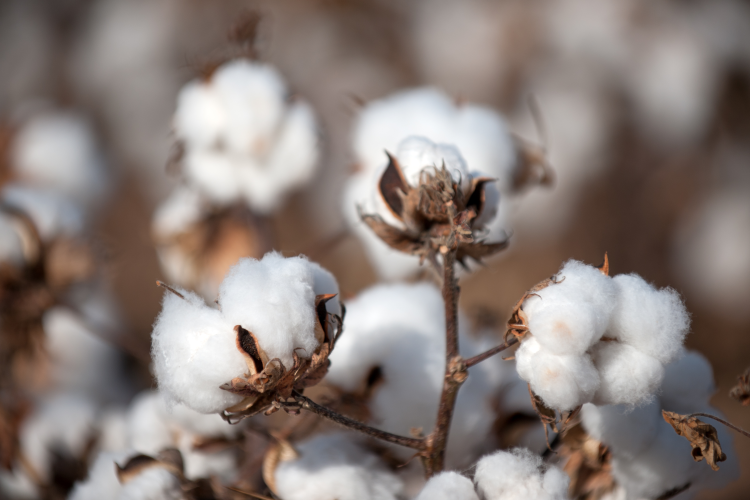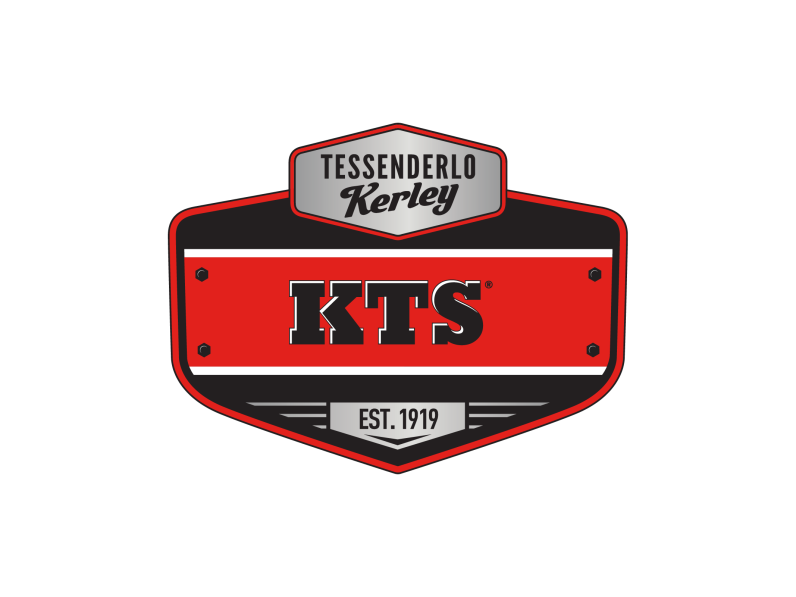
N-Sure & KTS Impacts Your Cotton
Right form, right mix gets nutrients into cotton at the right time

Getting nutrients onto crops at critical times is just half the battle. You must make sure they get into the plant, as well. Finding the right formulation is key, because nutrients interact with each other – sometimes in positive ways for the crop and other times negatively.
In cotton, a critical time for potassium (K) is at first bloom and just afterward. The boll requires potassium to develop properly. Without enough K, the yield and quality of the fibers suffers.
"Cotton bolls are like big sinks for potassium,” says Zack Ogles, Ph.D., Manager of Agronomy for Crop Vitality, Tessenderlo Kerley. “It’s critical to apply potassium just prior to bloom and again about two weeks after that, because it is needed for high-quality fiber development. Sulfur is also important at this time, along with some nitrogen, and it’s possible to get all these nutrients on in one pass through the field.”
More Efficient, Longer Lasting
For foliar applications of potassium, which are an efficient way to get them in the leaf quickly, Ogles recommends tank mixing two Tessenderlo Kerley products – KTS®, a potassium-thiosulfate product, and N-Sure®, a stable, slow-release nitrogen solution.
The addition of N-Sure offers several benefits. Mixed with KTS in a foliar application, N-Sure offers nitrogen and acts as a humectant, keeping the surface of the leaves moist for a longer period. This allows longer direct uptake of all foliar nutrients.
“Adding N-Sure as a humectant allows the potassium to be able to stay in a liquid form and be able to pass across the cuticle barrier of the leaf,” Ogles says. “What I think is equally beneficial is that it reduces the potential for phytotoxicity. With any potassium product, there’s a bit of risk of leaf burn. Adding N-Sure to the application helps protect the leaves as well as making the nutrients available to the plant longer.”
Ogles clarifies the difference between putting the mix of N-Sure and KTS in pivot irrigation or in a sprayer. “Sometimes people think running a fertilizer through pivot irrigation is a foliar application, but in reality 99% of what goes through the pivot ends up on the soil. That’s great if that is your intention, but it’s not the same as using a sprayer that puts the material directly on the leaf in a finer spray where it actually stays on the leaf.”
Liquid blends of KTS and N-Sure can also be knifed in as a side-dress application, with the Triazone formulation of nitrogen again providing a safe, controlled-release form of nitrogen. When N-Sure is applied to soil, it provides Triazone™ nitrogen, which is slowly released through microbial activity due to the ring structure of the Triazone molecule.
KTS and N-Sure can be tank mixed with a wide range of other products, including pesticides and plant growth regulators. Ogles recommends doing a jar test and following all label recommendations.

What is N-Sure?
N-Sure is a safe, versatile, high-analysis nitrogen fertilizer that provides two modes of plant uptake due to the unique chemistry of Triazone™ nitrogen.
Benefits
- Ensures superior coverage and nitrogen absorption into the leaf’s tissue
- N-Sure’s Triazone nitrogen resists leaching, which allows for better plant absorption
- Delivers excellent stability and is compatible with many crop protection products
- Provides a slow release of nitrogen for up to 10 weeks in the soil
- Can be easily applied through all types of irrigation systems
Learn more

What is KTS?
KTS is a clear, nitrate and chloride-free fertilizer that features the highest liquid potassium and sulfur content available on the market. KTS is a neutral to basic, clear liquid solution, containing 25% potash and 17% sulfur. Each gallon of KTS contains 3 pounds of potash (K20) and 2.1 pounds of sulfur (S).
Benefits
- A highly efficient chloride and nitrate-free liquid source of potassium and sulfur
- Provides a unique form of sulfur that can improve nitrogen use efficiency
- Blends well with many common liquid fertilizers
- Improves phosphorus and micronutrient availability and uptake by the crop
- Enhances crop resistance to environmental stress
Learn More